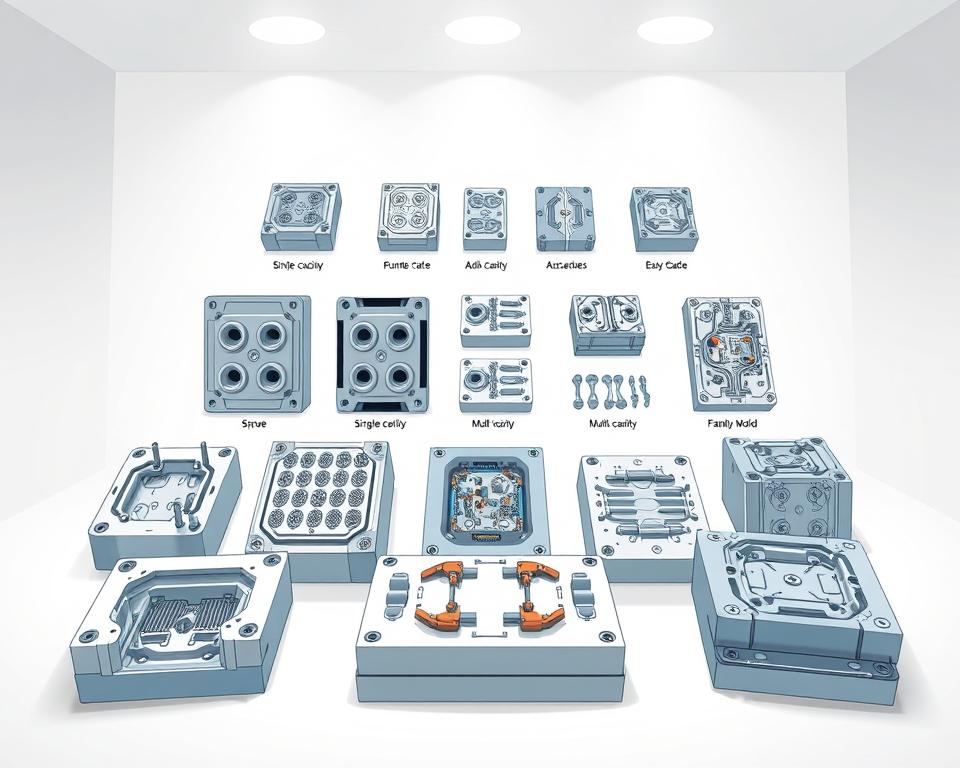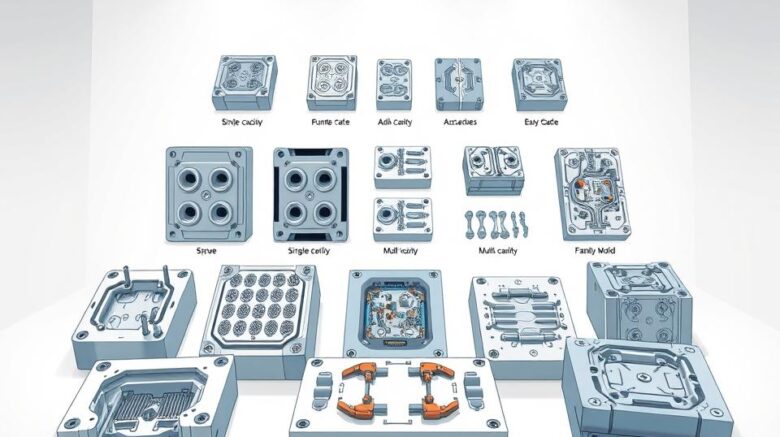How to Select Injection Molding Services in China
So, the big meeting just wrapped up. your new project has the green light, the schedule is tight, and funding is, to put it mildly, limited. Then someone—maybe your boss, maybe the finance director—utters the phrase that sends a little jolt down every project manager’s spine: “We should look at sourcing this from China.”
Naturally, you agree. It seems sensible at first glance. The cost savings can be huge. Yet your thoughts are already spinning. You’ve heard all the horror stories, right? The quality disasters, the communication black holes, the shipment that shows up three months late looking nothing like the sample. It feels like walking a thin line between big savings and total project failure.
Here’s the thing, though. Sourcing plastic mold can be a calculated project. It’s simply another project with clear steps. And its outcome hinges on the approach you take. It isn’t about the cheapest offer but about choosing the right supplier and running the process transparently. Disregard those scary tales. Here’s a practical playbook to nail it.

Step One: Do Your Homework
Before you even whisper the word “supplier” or open a browser tab to Alibaba, you need to get your own house in order. In fact, most overseas manufacturing headaches stem from a vague or incomplete RFQ. Don’t assume a remote factory can guess your needs. A vague RFQ is like telling a contractor to bid on “a house.” The responses you get will be all over the map, and none of them will be useful.
Your goal is to create a Request for Quotation, or RFQ, package that is so clear, so detailed, that it’s nearly impossible to misinterpret. It’s the cornerstone of your entire effort.
What belongs in your RFQ?
First, your 3D CAD files. These are non-negotiable. Stick to universal formats like STEP or IGS to avoid any compatibility headaches. This serves as the definitive part geometry reference.
But 3D isn’t enough. You also need detailed 2D drawings. Here you specify what 3D can’t show. Think tolerances, material grades, finish specs, and any feature-critical notes. Call out smooth surfaces or precision hole sizes in big, bold notation.
Next up, material. Avoid generic terms like “Plastic.” Nor just “ABS.” Be explicit. Specify SABIC Cycolac MG38 in black, if that’s the resin you need. Why? Because there are thousands of plastic variations. Naming the precise grade locks in the mechanical, thermal, and aesthetic properties you need with what is plastic mold.
They can offer alternatives, but you must provide the initial spec.
Finally, include the business details. What is your Estimated Annual Usage (EAU)? A supplier needs to know if they’re quoting a tool that will make 1,000 parts in its lifetime or 1,000,000 parts a year. The tool design, the number of cavities, and the price per part all hinge on this number.
The Great Supplier Hunt
Now that your RFQ is pristine. who gets your RFQ? The web is vast but overwhelming. Locating vendors is easy; vetting them is the real challenge.
Your search will likely start on platforms like Alibaba or Made-in-China.com. They offer breadth but not depth. Treat them as initial research tools, not final solutions. Narrow your pool to about a dozen promising firms.
Still, you must dig deeper. Perhaps hire a local sourcing specialist. They do cost extra. But a reputable agent brings pre-screened factories. They handle local liaison and oversight. As a newcomer, this offers priceless security. It’s schedule protection.
Another classic method? Trade shows. If you can attend, shows such as Chinaplas transform sourcing. Nothing beats a face-to-face conversation. Hold samples, talk shop, and gauge professionalism firsthand. Also, leverage the tried-and-true referral network. Tap your professional contacts. Peer endorsements carry huge weight.
Separating Real Suppliers from Pretenders
With your RFQ dispatched to dozens of firms, bids begin to arrive. Some prices will undercut logic, others will shock you. Now, sift through and shortlist 2–3 reliable candidates.
How do you do that? It’s a bit of an art and a science.
Step one: audit communication. Is their turnaround swift and concise? Can they handle detailed English exchanges? But the key: do they probe your RFQ? Top vendors will critique and inquire. For instance: “Draft angle here could improve mold release. Tolerance check via CMM adds cost—proceed?” This is a massive green flag. It shows they’re engaged and experienced. A “Sure, no issues” vendor often means trouble.
Next, dig into their technical capabilities. Ask for a list of their equipment. Seek samples or case studies of comparable projects. Don’t pick a micro-molding shop for large components.
Next up: the factory audit. Skipping this is a mistake. Just as you interview hires, audit suppliers. You can either go yourself or, more practically, hire a third-party auditing firm in China to do it for you. They perform a one-day factory inspection. They authenticate the firm, review ISO credentials, evaluate machines, and survey operations. It’s a tiny cost for huge peace of mind.
Converting Digital Designs into Molded Parts
After picking your vendor, you’ve negotiated the price and payment terms—a common structure is 50% of the tooling cost upfront to begin work, and the final 50% after you approve the first samples. Now the real fun begins.
The first thing you should get back after sending your payment is a DFM report. Design for Manufacturability (DFM) is essential. This is your supplier’s formal feedback on your part design. The report calls out sink-risk zones, stress-causing corners, and draft angle gaps. A detailed DFM shows expertise. It becomes a joint effort. You work with their engineers to refine the design for optimal production.
When you greenlight the DFM, they machine the mold. Weeks on, you receive the thrilling “T1 samples shipped” notification. These are your initial mold shots. They are your moment of truth.
T1 parts usually require adjustments. That’s standard process. You’ll find minor defects, off-spec dimensions, or finish issues. You critique, they refine, and T2 plastic mold company parts arrive. This process might take a couple of rounds. The key for you, as the project manager, is to have this iteration loop built into your timeline from the start.
Finally, a flawless part arrives. It matches all specs, has a pristine finish, and works as required. This is now the benchmark sample. You formally approve it, and this sample is now the standard against which all future mass-produced parts will be judged.
Completing the Sourcing Journey
Receiving the golden sample seems like victory, but you’re not done. Next up: mass manufacturing. How do you ensure that the 10,000th part is just as good as the golden sample?
You need a clear Quality Control plan. Often, you hire a pre-shipment inspection service. Bring in an external QC firm. They’ll sample parts, check dimensions and finish versus your drawings and golden sample, and report. They provide a photo-filled inspection report. Only after you approve this report do you authorize the shipment and send the final payment. This audit shields you from mass defects.
Don’t forget shipping details. Know your shipping terms. Is your price FOB (Free On Board), meaning the supplier’s responsibility ends when the goods are loaded onto the ship in China? Or EXW, where you handle everything from their gate? These details have a big impact on your final landed cost.
Sourcing from China is a marathon, not a sprint. It relies on partnership-building. View them as allies, not vendors. Clear communication, mutual respect, and a solid process are your keys to success. No question, it’s demanding. But with this roadmap, you can succeed, achieve savings, and maintain quality. You’re set to succeed.
